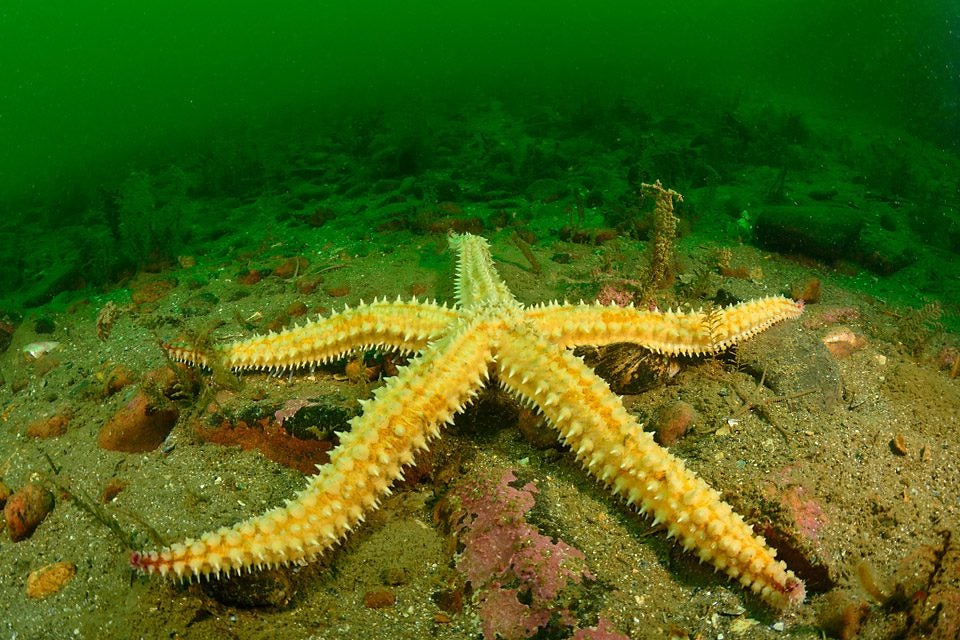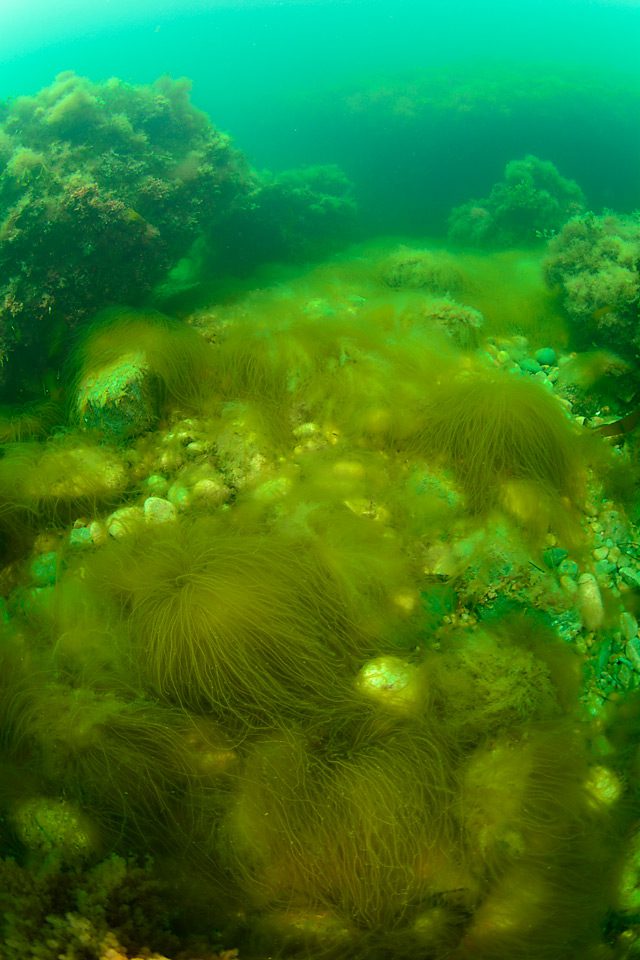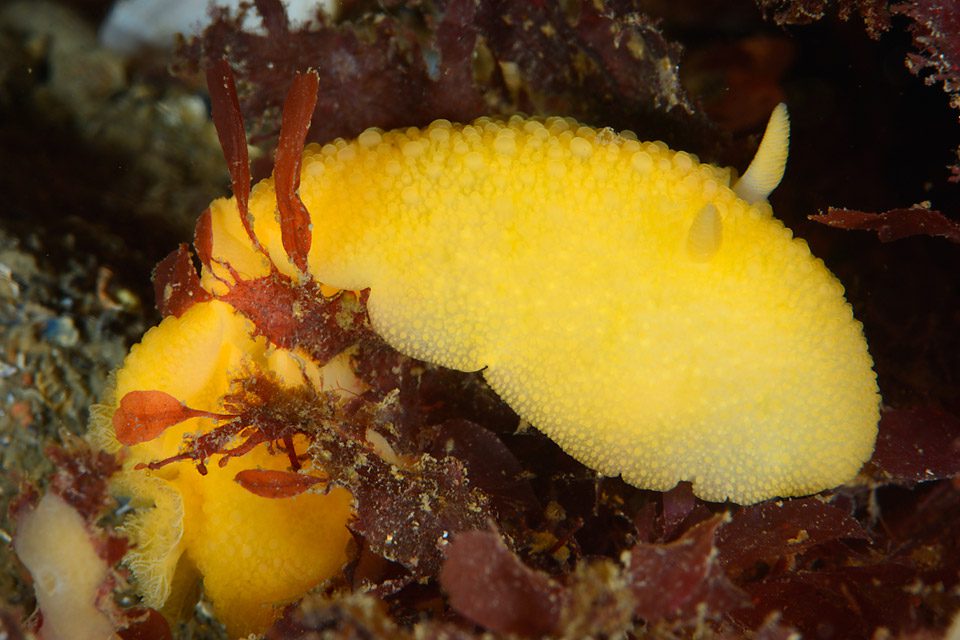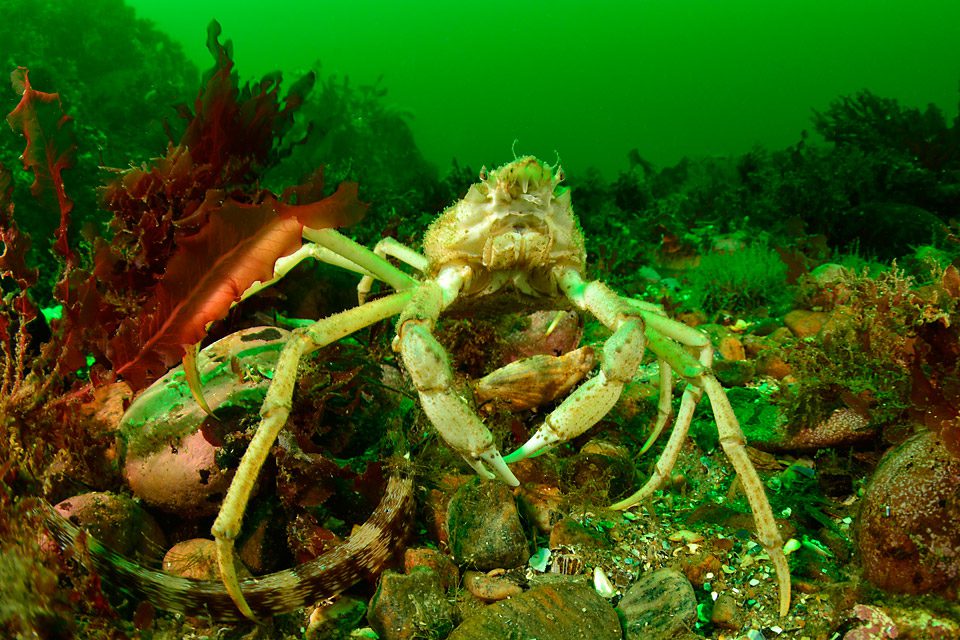April 14, 2016
What the seafloor hides
The Sound has always had a special meaning for me. As a boy, when I went rodfishing with my father for herring in the fall, when they gather in massive schools, or later when I as a student studied the unique biodiversity of fish in the Sound. So when the opportunity arose to be part of the movement to protect the rich nature of the Sound, my backyard, it was like a dream.
During our first days, we have been lucky to have mild southeastern winds which have allowed us to spend time in the northern part of the Sound. Today we were working in what is locally known as “Kilen”, a Danish nickname for a triangular area touching the northern border of the Sound. Though the area is an important area for breeding cod, it is the only exception from the trawl fishing ban that was imposed in the Sound in 1932.
When we launched the ROV, the effect of the trawling activities was visible as trenches in the seafloor. Outside those trenches, the seafloor was inhabited by beautiful seapens (Pennatula phosphorea and Virgularia mirabilis), rising from the seafloor resembling small crimson trees. Between them, were lying dragonets (Callionymus sp.) . In holes in the seafloor, you could see the siphons of buried clams or catch a glimpse of a Norway lobster (Nephrops norvegicus) retreating to its burrow when the lights of the ROV came too close. There is no doubt that the Sound is a truly diverse area, and I look forward to documenting its rich nature.
Sound Expedition 2016 Main Page





